Huawei P10 review: camera-focussed Android phone for creative millennials
Multiple colours, Leica camera hardware make this one for the Instagram set.

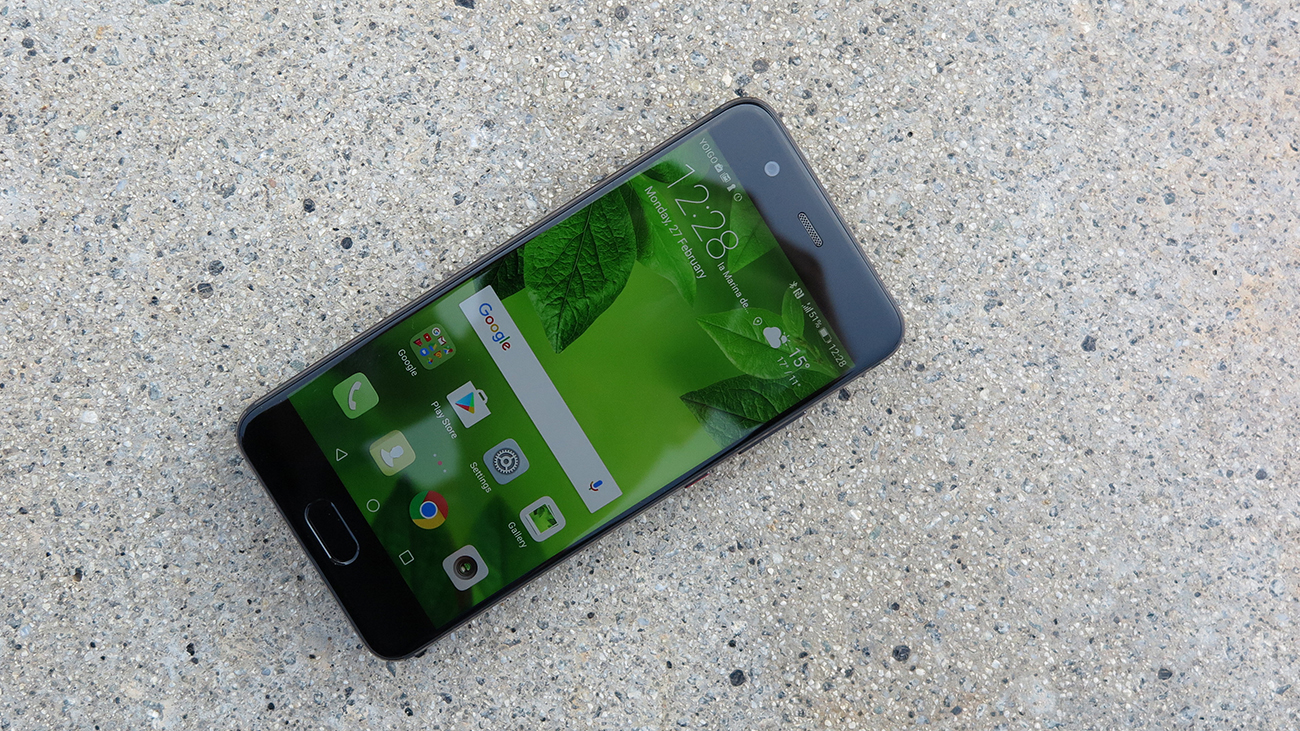
A textbook 2017 Android smartphone, bolstered by a decent camera, and great design.
-
+
Attractive
-
+
Leica camera tech impresses
-
+
8 (yes 8!) colour options
-
-
Overshadowed by Samsung Galaxy S8
-
-
Pricier than previous Huawei phones
-
-
Battery life isn't amazing
Why you can trust T3

Unveiled earlier in the year at Mobile World Congress (MWC), the Huawei P10 is the successor to the Huawei P9. Obviously.
Like that device, which helped propel the Chinese brand to the big Number 3 spot amongst phone manufacturers worldwide, the P10 is a highly competent smartphone, with the most up-to-date version of Android, topped off with a Leica-branded, dual-lens camera.
Also on board this time around: a smarter finger print sensor, colours by Pantone, and an intriguing new idea: memory that means your phone doesn't slow down as it ages. Unlike you.
We've been using the P10 for a couple of weeks now - this is our official verdict.
- Check out our Huawei P10 Plus review
We're horribly spoiled by phones, as consumers, these days. They are all pretty good and their design language is very familiar to us. Sure, you could put out a triangular phone, but at this point, nobody would buy it.
So the Huawei P10 is a very attractive lozenge that looks broadly similar to other flagship phones, notably the iPhone 7. And why not? It's really perfect if you’re a fan of the iPhone design but not Apple’s iOS.
With a button-cum-fingerprint sensor on the front and a 5.1-inch screen, the P10 is actually more generic looking – at least when viewed from the front – than its predecessor.
Get all the latest news, reviews, deals and buying guides on gorgeous tech, home and active products from the T3 experts
There are numerous options for the back of the phone, however, with eight metallic and coloured options in total, although we're not sure which of these will reach the UK.
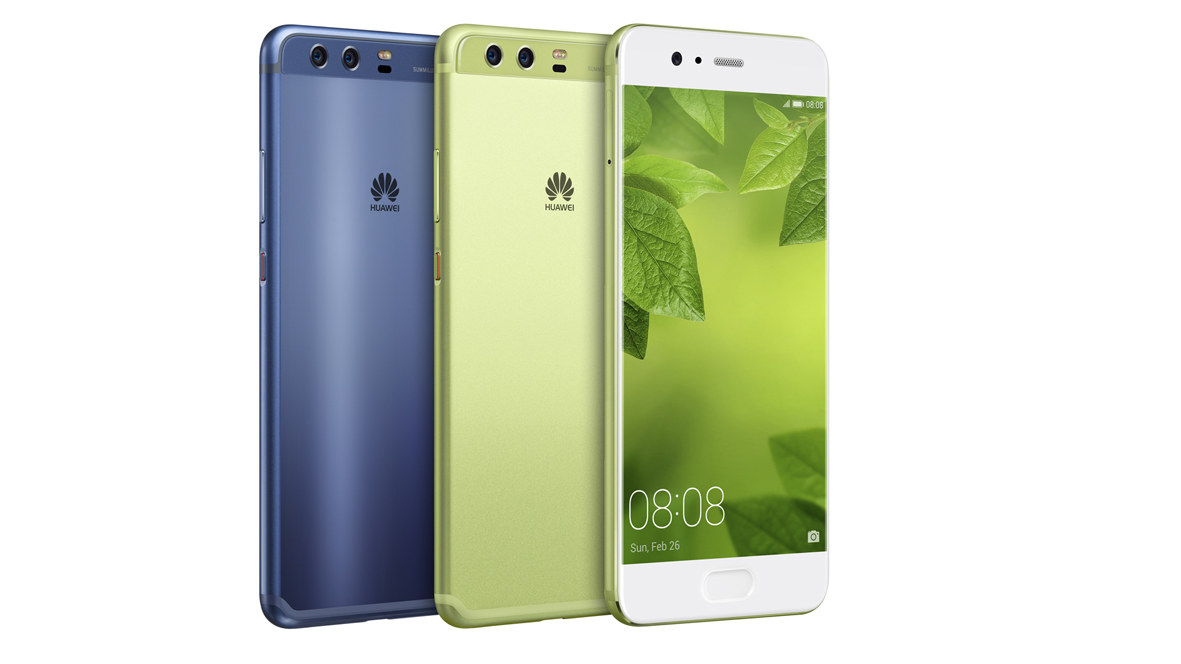
These include 'ceramic white', which isn't actually ceramic, and blue and green options chosen in conjunction with Pantone, because Pantone knows about colours. They have chosen 'Dazzling Blue', and 'Greenery'. Yep.
Our favourite colour, by a country mile, is the matt black option. Remember kids, always bet on black.
As is now thankfully very much the fashion, the P10 does NOT feel slippery.
Overall, it's one of the most attractive Android phones available, feels very well made, and is comfortable to hold thanks to its small dimensions.
One thing to note about the design is that it's not water resistant - we think a flagship (especially an expensive one like this) needs to be in 2017.
Display
While the screen doesn't look much on paper, it's actually quite pleasing to look at. The 5.1-inch screen is really bright and colourful, with a Full HD resolution.
That gives a pixel density of 432 ppi, so while it's not as sharp as the QuadHD or 4K displays of some of its rivals, you really don't notice it.
The size of the display makes it comfortable to use with one hand, which is a big positive point.
Camera

The camera is unquestionably the key feature of the P10, so that's what I'll concentrate on first.
Who the hell knows how much input Leica actually brings to the Leica-branded Duo 2.0 on the P10? But it would hardly be in its interests, as one of the world's most prestigious imaging brands, to put its name to something that sucks, and so the dual-lens Duo 2.0 is the star attraction here.
It's set up to take both 12MP colour and 20MP monochrome images – there's a sensor for each – and to apply 'bokeh' effects to your images, so the subject is in crisp focus, while the background is tastefully blurred.
We have the strangest feeling that in ten years we'll all look back on our snaps from this era and go, "Why did I put a filter or apply bokeh to EVERY damn photo, back in the 2010s? What was I thinking of?" But for now, the effect works really well on the P10.
The other 'focus' – ho ho – this time around is on portraits, rather than landscapes and still life. To that end there's advanced facial recognition, a specific portrait mode, which combines both the bokeh effect and previous skin-smoothing 'beauty' modes. The intensity of each effect can be customised.
To aid with better self-portraits, or 'selfies' as the kids are calling them these days, the P10 packs an improved eight-meg, 1080p, also-Leica-branded front camera.
The bokeh effect looks decent when using the rear facing camera, but very synthetic when using the selfie cam, so we'd suggest against that.
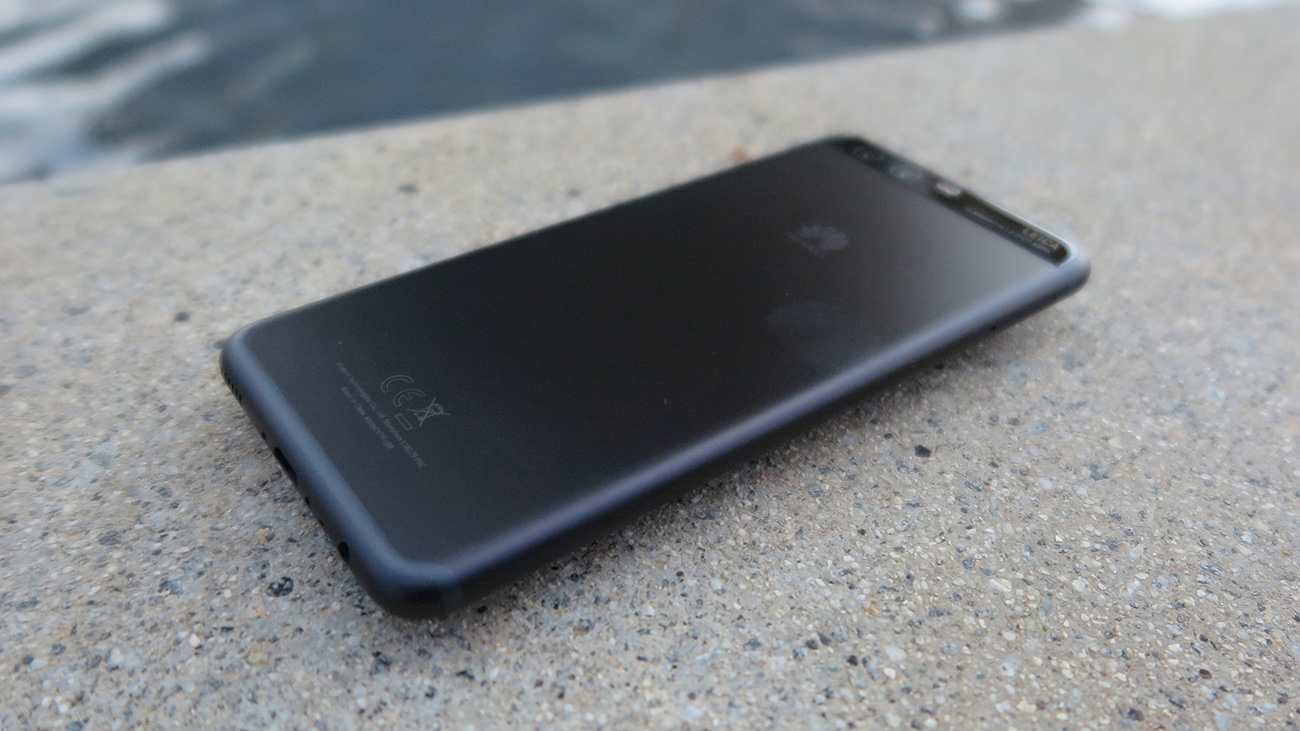
We're honestly not sure what to think about the P10's camera. It's a decent enough performer in good lighting, but actually quite poor when it comes to darker situations.
If you're after the best smartphone camera out there, you'll probably be better off with the Google Pixel or Samsung Galaxy S7/8. They're more reliable in a number of different situations, but the Huawei is still capable of capturing some great images.
Image samples
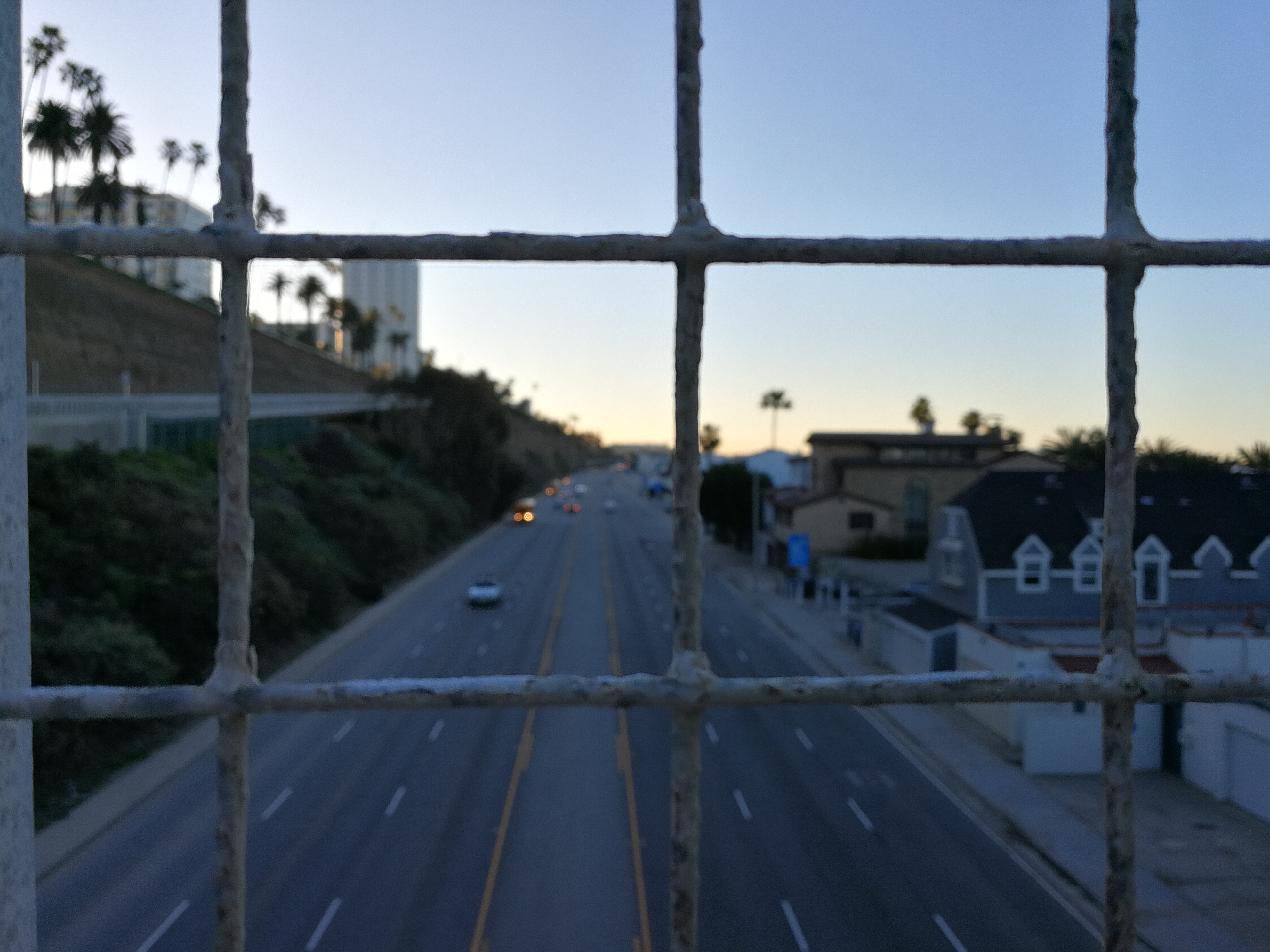
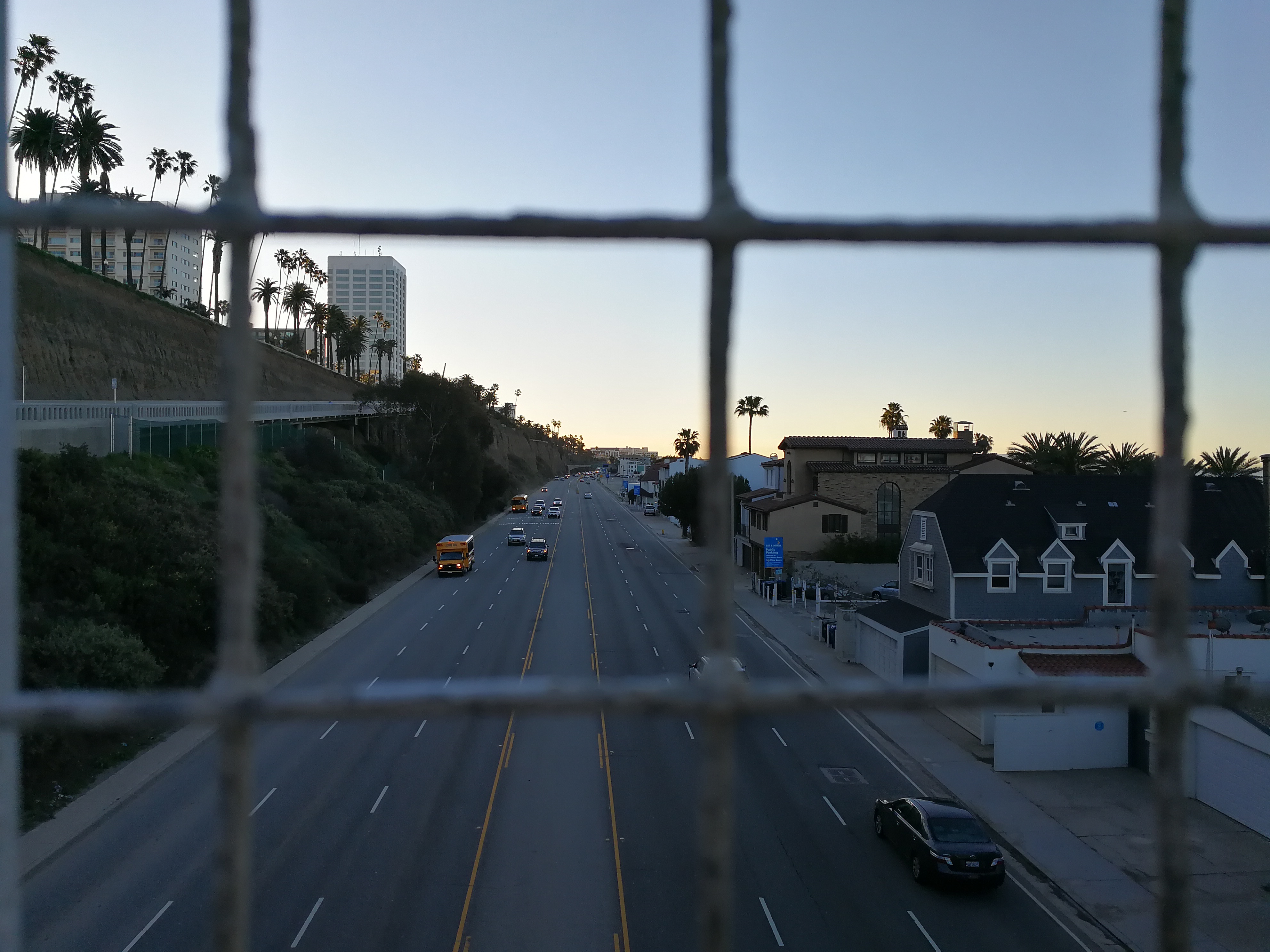




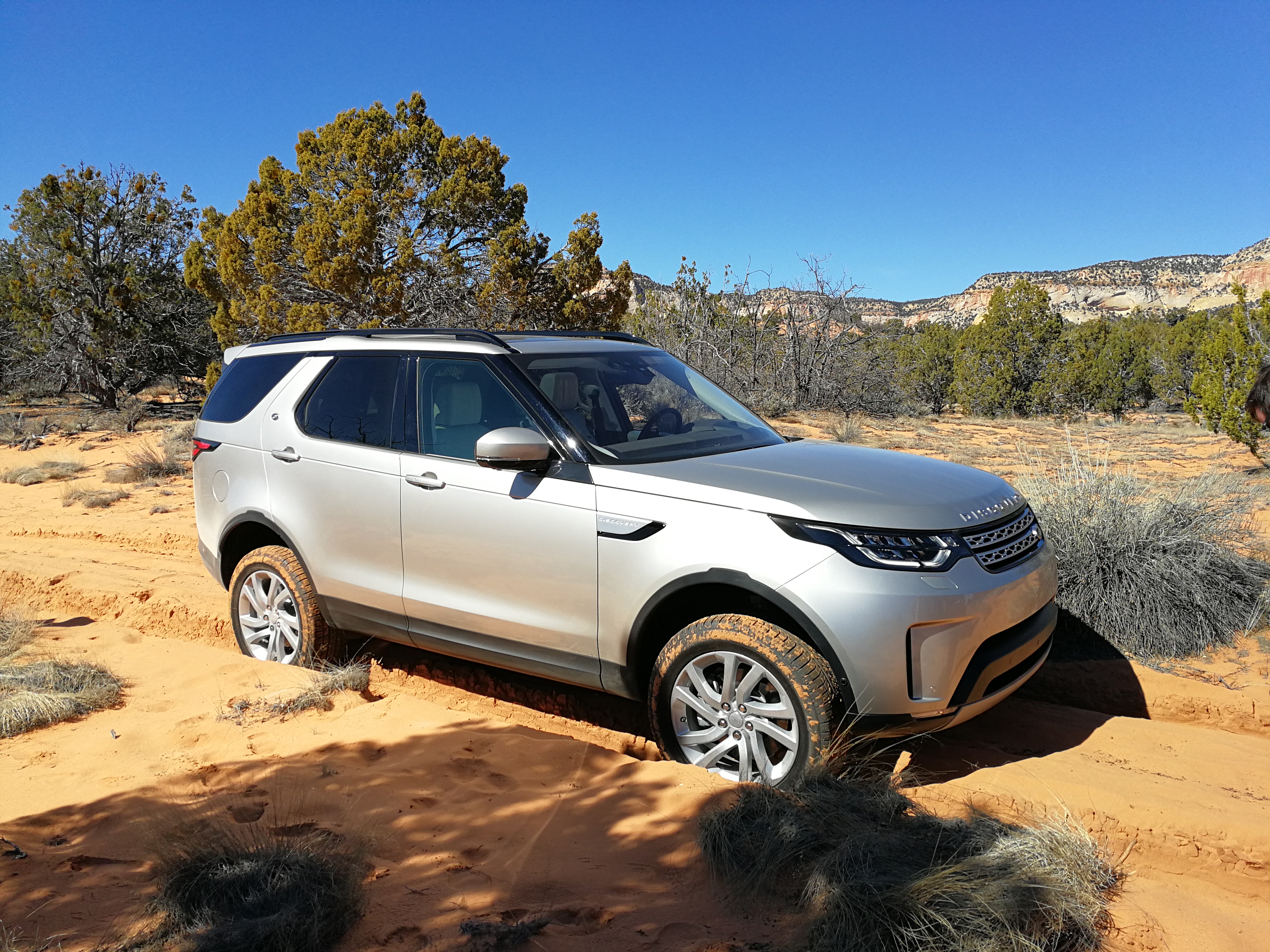



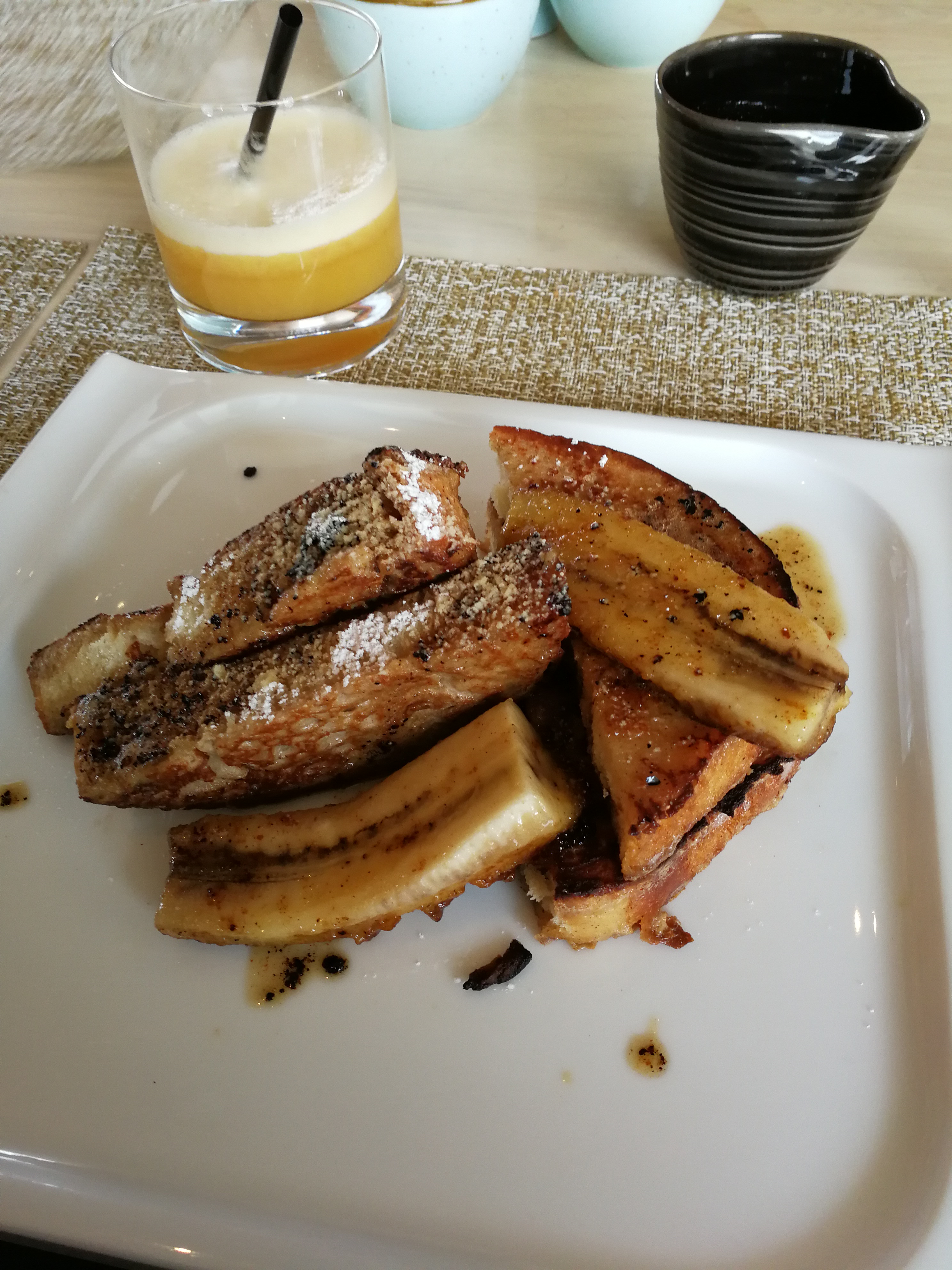

Other features

Android 7 Nougat is a very good phone OS that feels like a coming-of-age for Google devices.
Also good news is that Huawei's 'skin' for Android – Emotion UI – is also, in its current state, much less of a barrier to your enjoyment, and less ugly than in times past. It'd still be better with raw Android, but there we go.
Huawei has ditched the onscreen navigation buttons and built gestures into the capacitive home button. Simply tap the little pill to go back, and swipe right to bring up multitasking. We think this is a great little innovation, as it frees up more screen space that would otherwise be taken up with software navigation buttons. Of course, if you don't like this feature you can revert to the traditional nav in the settings.
Everything on the P10 feels pleasingly zippy, from the fingerprint sensor to opening apps. Huawei reckons that predictive machine learning helps apps to open '20 per cent faster', whatever that means. It's fast, anyway.
The thing is, ALL phones above about 200 quid are fast, out of the box.
What's potentially very interesting is that Huawei is also claiming the RAM (there's 4GB of it) in the P10 will mean it continues to be just as fast for years to come, as updates are applied and the storage (64GB, expandable with up to 256GB microSD) fills up.
No details were given on how this works, clearly it's impossible to test in the short term, and Huawei made similar claims for the Mate 9. We will have to see how it pans out.
Something else that we'll have to see how it pans out: Alexa is coming to the P10 (and Mate 9). Amazon's AI assistant won't be in there for its European launch, however.
Verdict
One thing very much in the favour of Huawei's P series of phones is they are usually that bit cheaper than Apple and Samsung's efforts. And Google's too, if the Pixel is any guide. And while that's still true here, the price of its flagship devices keeps creeping up - the P10 is £569 SIM free.
In comparison, the Google Pixel is £599, iPhone 7 £579, and Samsung Galaxy S8 £689. So while the P10 is still significantly cheaper than the Samsung, it's right up there with the iPhone and Google Pixel.
There are a lot of neat touches, we especially like the single navigation key, and the Leica camera is capable of taking some striking images.
The P10 appears to be 100% solid in every key respect, with a camera that has a lot of potential. If you've used the Huawei Mate 9, you'll have a very good idea of what to expect. as it's almost the same phone, specs-wise. However, the smaller size and peppier appearance of the P10 make it more appealing. It's sure to be another big hit for Huawei.
Complete spec
Display: 5.1” full HD, 2.5D glass, Corning Gorilla Glass 5
Size: 145.3 mm x 69.3 mm x 6.98 mm
Weight: 145 g
Colours: Ceramic White, Dazzling Blue, Dazzling Gold, Prestige Gold, Graphite Black, Mystic Silver, Rose Gold, Greenery
CPU: Kirin 960 (64-bit), Octa-core
Memory: 4GB
Storage: 64GB
Front Camera: 8MP, F/1.9
Rear Camera: Leica Dual-Camera 2.0 20MP monochrome & 12MP RGB, SUMMARIT-H F/2.2, OIS
Battery: 3,200 mAh with HUAWEI SuperCharge
Check out the best smartphone of 2017

Duncan is the former lifestyle editor of T3 and has been writing about tech for almost 15 years. He has covered everything from smartphones to headphones, TV to AC and air fryers to the movies of James Bond and obscure anime. His current brief is everything to do with the home and kitchen, which is good because he is an excellent cook, if he says so himself. He also covers cycling and ebikes – like over-using italics, this is another passion of his. In his long and varied lifestyle-tech career he is one of the few people to have been a fitness editor despite being unfit and a cars editor for not one but two websites, despite being unable to drive. He also has about 400 vacuum cleaners, and is possibly the UK's leading expert on cordless vacuum cleaners, despite being decidedly messy. A cricket fan for over 30 years, he also recently become T3's cricket editor, writing about how to stream obscure T20 tournaments, and turning out some typically no-nonsense opinions on the world's top teams and players.
Before T3, Duncan was a music and film reviewer, worked for a magazine about gambling that employed a surprisingly large number of convicted criminals, and then a magazine called Bizarre that was essentially like a cross between Reddit and DeviantArt, before the invention of the internet. There was also a lengthy period where he essentially wrote all of T3 magazine every month for about 3 years.
A broadcaster, raconteur and public speaker, Duncan used to be on telly loads, but an unfortunate incident put a stop to that, so he now largely contents himself with telling people, "I used to be on the TV, you know."